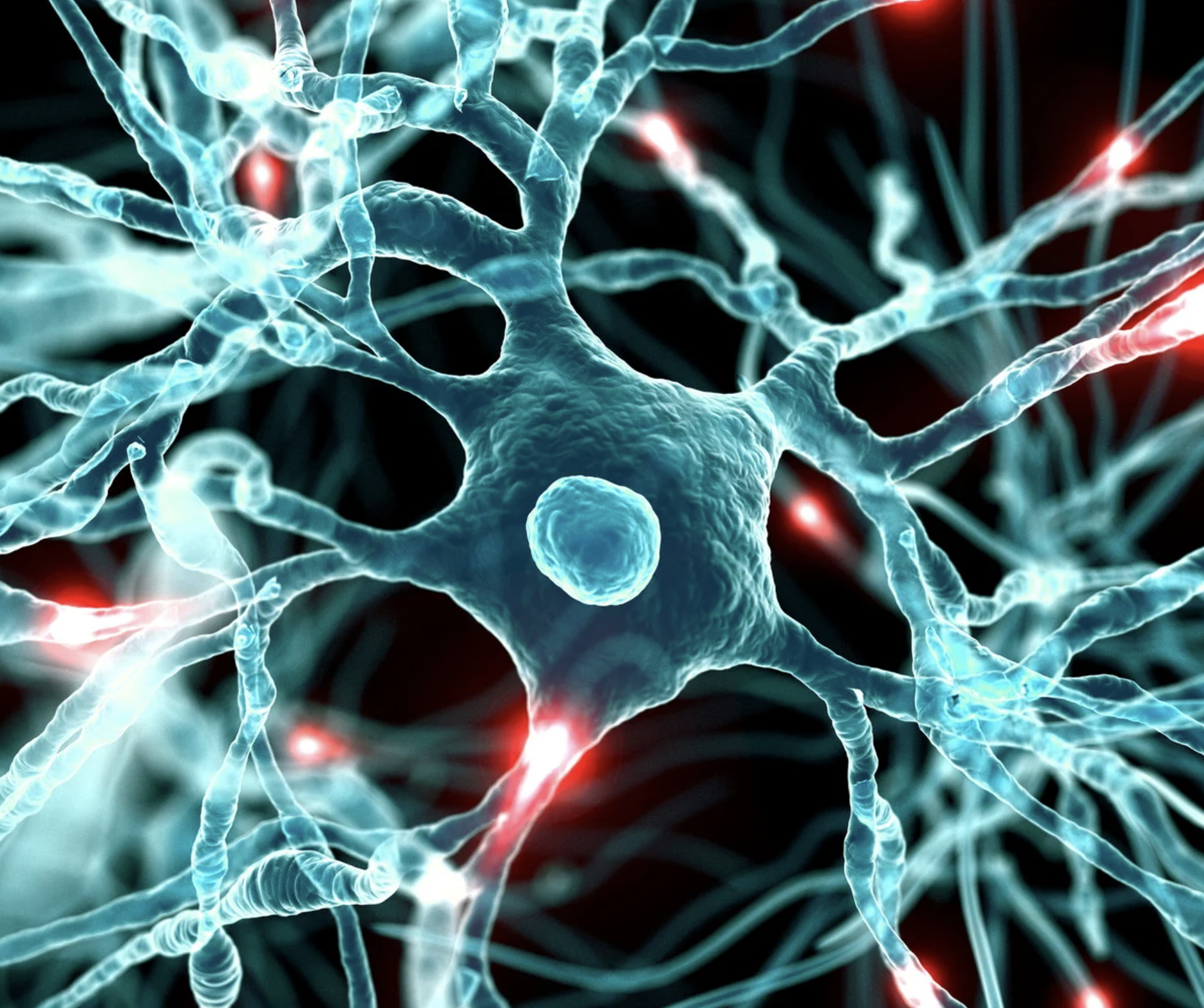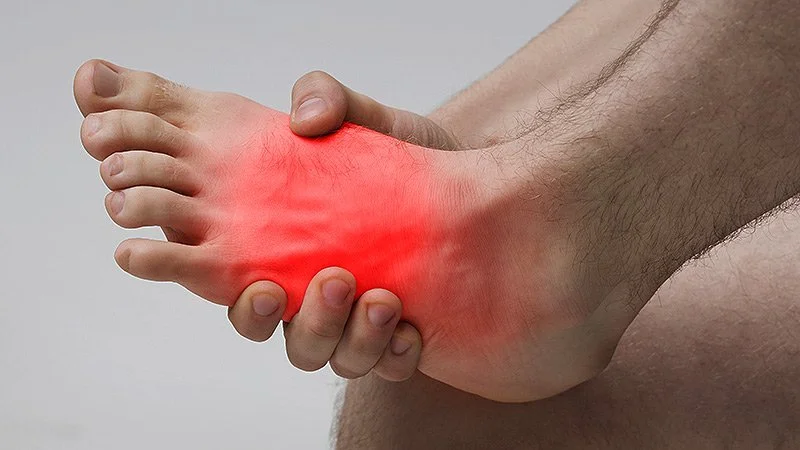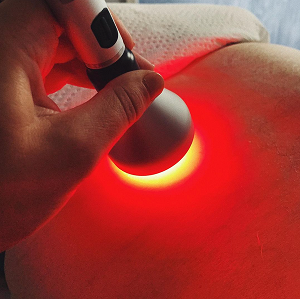Understanding and Managing Diabetic Peripheral Neuropathy
Introduction
Living with diabetes can feel like a daily balancing act, and for many, one of the most challenging complications is diabetic peripheral neuropathy (DPN). If you’ve experienced tingling, numbness, or burning pain in your feet or hands, you’re not alone. DPN affects up to 50% of people with diabetes, making it one of the most common long-term complications (Callaghan et al., 2012). These symptoms can make walking, sleeping, or even enjoying daily activities difficult, but there’s hope. By understanding how DPN develops and exploring effective treatments like class 4 laser therapy, you can take control of your health and improve your quality of life. This essay is designed to guide you through the causes, risks, and management of DPN, with a special focus on how class 4 laser therapy offers a proven, non-invasive solution to relieve your symptoms.
Make it stand out
What is Diabetic Peripheral Neuropathy?
Diabetic peripheral neuropathy is a condition where high blood sugar levels damage the peripheral nerves—the nerves that carry signals between your brain, spinal cord, and the rest of your body. These nerves are like the body’s communication network, helping you move, feel sensations, and control functions like digestion.
When they’re damaged, you might notice symptoms like:
Tingling or “pins and needles” in your toes or feet
Numbness, making it hard to feel touch or temperature
Burning pain, especially at night
Weakness, which can affect balance or grip
For many patients, these symptoms start in the toes and feet but may spread to the hands or legs over time. DPN can feel frustrating because it disrupts simple tasks, like walking or holding objects. It’s estimated that 60-70% of people with diabetes will develop some form of neuropathy, with DPN being the most common type (Pop-Busui et al., 2017). Understanding why this happens is the first step to managing it effectively.
How Diabetes Causes Peripheral Neuropathy
The root cause of DPN lies in high blood sugar levels, a hallmark of diabetes. Whether you have Type 1 diabetes (where your body doesn’t produce enough insulin) or Type 2 diabetes (where your body doesn’t use insulin effectively), consistently elevated glucose levels can harm your nerves in several ways:
Damage to Blood Vessels
Nerves depend on tiny blood vessels, called capillaries, to deliver oxygen and nutrients. High blood sugar weakens these vessels, reducing blood flow to the nerves. Without proper nourishment, nerves begin to deteriorate, leading to symptoms like tingling or numbness. This process is gradual but can worsen if blood sugar isn’t controlled.
Oxidative Stress
High glucose levels create an imbalance in your body, producing harmful molecules called free radicals. These molecules attack nerve cells and the myelin sheath, a protective coating that helps nerves transmit signals quickly. When the myelin sheath breaks down, nerve signals slow or stop, causing pain or loss of sensation.
Inflammation
Chronic high blood sugar triggers inflammation, where your immune system becomes overactive and mistakenly attacks your nerves. This inflammation worsens nerve damage and amplifies symptoms like burning or stabbing pain.
Metabolic Changes
Diabetes disrupts how your body processes fats and proteins, which are essential for nerve health. For example, abnormal fat metabolism can lead to toxic substances building up in nerve cells, making them more vulnerable to damage. Poor blood flow also limits the nerves’ ability to repair or regenerate.
If blood sugar levels remain high, these processes can cause symptoms to progress from mild tingling to severe pain or complete loss of sensation. The good news? By managing your diabetes and exploring treatments like class 4 laser therapy, you can slow or even reverse some of this damage.
Risks and Complications of DPN
DPN doesn’t just cause discomfort
It can lead to serious complications!
DPN doesn’t just cause discomfort—it can lead to serious complications. When you lose sensation in your feet, you might not notice small injuries, like cuts or blisters. These can become infected, and poor blood flow in diabetes makes healing slower, increasing the risk of ulcers or, in severe cases, amputations. In fact, diabetes is the leading cause of non-traumatic lower-limb amputations (Boulton et al., 2005). DPN can also affect balance, raising the risk of falls, and the chronic pain or numbness can take an emotional toll, leading to anxiety or depression. Recognizing these risks underscores the importance of proactive management.
Prevention and Management Strategies
The cornerstone of preventing or managing DPN is keeping your blood sugar levels in a healthy range. Here are practical steps you can take:
Control Blood Sugar: Work with your doctor to create a plan that includes a balanced diet, regular exercise, and medications or insulin as needed. Regular blood sugar monitoring helps you stay on track.
Foot Care: Check your feet daily for cuts, blisters, or swelling. Wear comfortable, well-fitting shoes and avoid walking barefoot. Seek medical attention immediately for any wounds.
Healthy Lifestyle: Quit smoking, as it worsens blood flow, and limit alcohol, which can damage nerves. Exercise, like walking or swimming, improves circulation and supports nerve health.
Regular Checkups: Visit your healthcare provider regularly to monitor your diabetes and nerve health.
These steps can significantly reduce your risk of DPN or slow its progression. However, if you’re already experiencing symptoms, treatments like class 4 laser therapy can offer relief.
Class 4 Laser Therapy: A Proven Solution for DPN
If you’re struggling with the pain, numbness, or tingling of DPN, class 4 laser therapy, also known as photobiomodulation, could be a game-changer. This non-invasive treatment uses non-ionizing laser light to stimulate healing in damaged nerves, offering a safe and effective way to manage your symptoms.
What is Class 4 Laser Therapy?
Class 4 laser therapy involves directing concentrated light energy at the affected areas, typically your feet or hands. Unlike surgical lasers, these devices don’t cut tissue—they deliver therapeutic light that penetrates deep into your skin to reach nerves and blood vessels. The treatment is painless, takes about 10-30 minutes per session, and is performed in a doctor’s office.
How Does It Work?
Class 4 laser therapy targets the root causes of DPN in several ways:
Improves Blood Flow: The laser stimulates blood vessel growth and enhances circulation, delivering more oxygen and nutrients to starving nerves.
Reduces Inflammation: The light energy calms the overactive immune response, decreasing inflammation that damages nerves.
Promotes Nerve Repair: The laser boosts cellular energy production, helping nerves regenerate and repair damaged areas, including the myelin sheath.
Relieves Pain: By reducing inflammation and stimulating natural pain-relieving chemicals in your body, the therapy eases burning, tingling, and stabbing sensations.
Evidence of Efficacy
Research supports the effectiveness of class 4 laser therapy for DPN. A 2019 study found that patients with DPN who received laser therapy experienced significant reductions in pain and improvements in nerve function compared to a control group (Khalil et al., 2019). Another study showed that photobiomodulation improved sensation and reduced numbness in diabetic patients after just a few sessions (Peric et al., 2020). These findings are promising, showing that laser therapy can address both the symptoms and underlying nerve damage of DPN.
Two more studies indicate the benefits of class 4 laser therapy for diabetic peripheral neuropathy, as well as for chemotherapy-induced peripheral neuropathy.
Benefits for Patients
Class 4 laser therapy is appealing because it’s:
Non-Invasive: No needles or surgery required.
Side-Effect-Free: Unlike some medications, it has no systemic side effects.
Effective: Many patients report relief after a few sessions, with lasting benefits when combined with blood sugar control.
What to Expect
During a session, you’ll sit comfortably while a healthcare provider applies the laser to the affected areas. You might feel a gentle warmth, but there’s no pain. Treatment plans vary, but most patients benefit from 6-12 sessions over a few weeks. Your doctor will tailor the plan to your symptoms and monitor your progress.
Integration with Other Strategies
Class 4 laser therapy works best when combined with blood sugar control, foot care, and a healthy lifestyle. By addressing both the symptoms and causes of DPN, you can maximize your relief and prevent further nerve damage.
Conclusion
Diabetic peripheral neuropathy can be a challenging complication, but you have the power to manage it. By understanding how high blood sugar damages nerves—through reduced blood flow, oxidative stress, inflammation, and metabolic changes—you can take steps to protect your health. Keeping your blood sugar in check, caring for your feet, and exploring treatments like class 4 laser therapy can make a real difference. This proven, non-invasive therapy offers hope by relieving pain, restoring sensation, and supporting nerve repair. Work closely with your healthcare team, stay proactive, and know that with the right tools, you can live well with diabetes and DPN.
References
Boulton, A. J., Vileikyte, L., Ragnarson-Tennvall, G., & Apelqvist, J. (2005). The global burden of diabetic foot disease. The Lancet, 366(9498), 1719-1724.
Callaghan, B. C., Cheng, H. T., Stables, C. L., Smith, A. L., & Feldman, E. L. (2012). Diabetic neuropathy: Clinical manifestations and current treatments. The Lancet Neurology, 11(6), 521-534.
Khalil, A. A., Aziz, M. A., & El-Sayed, M. A. (2019). Effect of low-level laser therapy on diabetic peripheral neuropathy. Journal of Advanced Research in Medical Sciences, 6(3), 45-52.
Peric, Z., Sobajic, M., & Jovanovic, P. (2020). Photobiomodulation in the treatment of diabetic neuropathy: A randomized controlled trial. Lasers in Medical Science, 35(4), 789-796.
Pop-Busui, R., Boulton, A. J., Feldman, E. L., et al. (2017). Diabetic neuropathy: A position statement by the American Diabetes Association. Diabetes Care, 40(1), 136-154.




